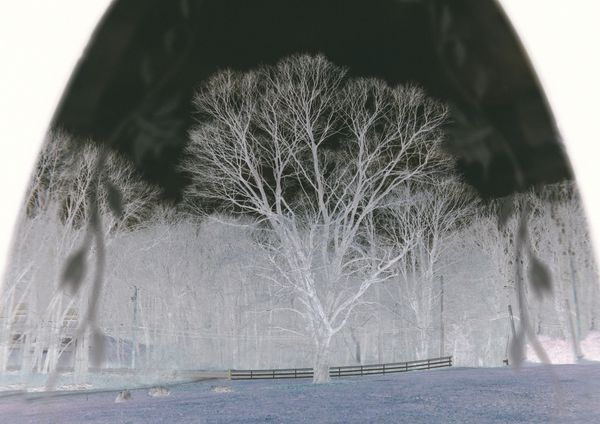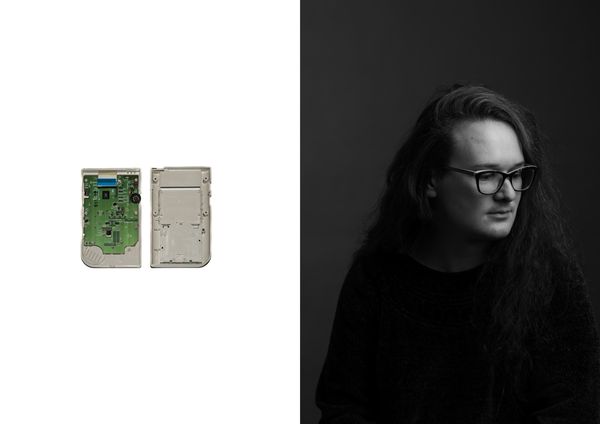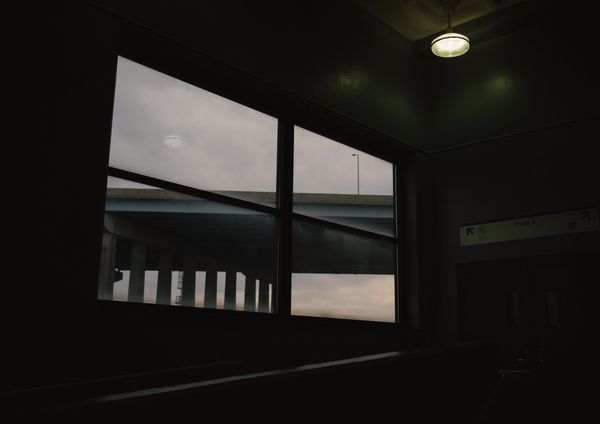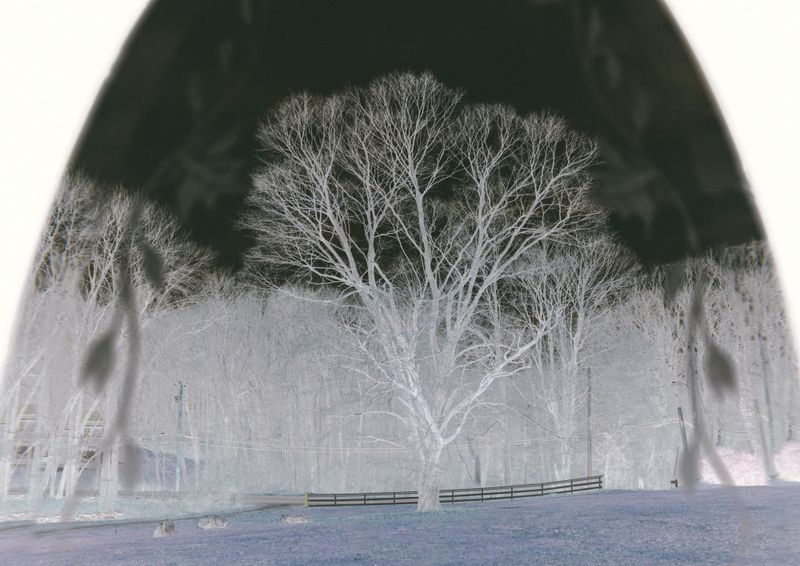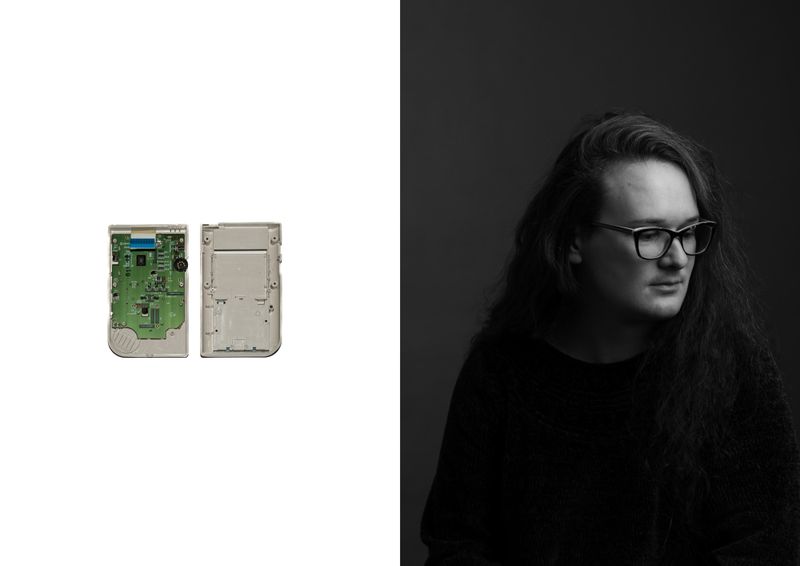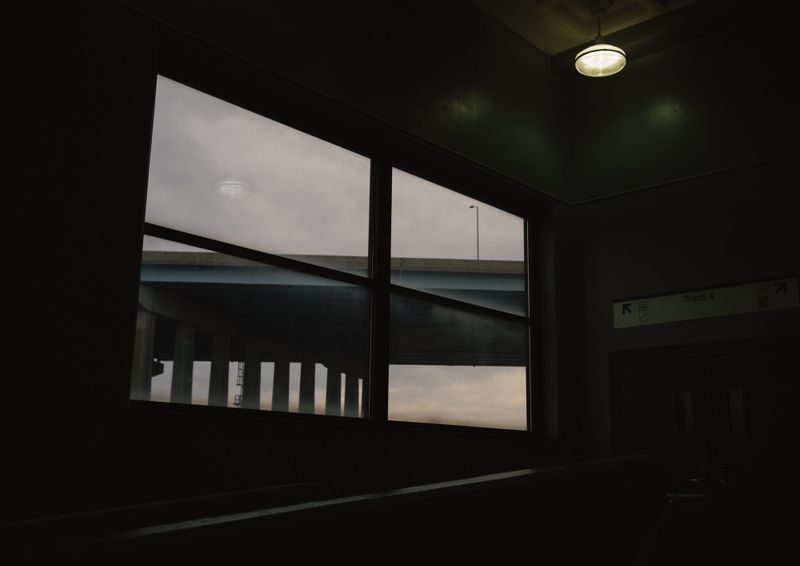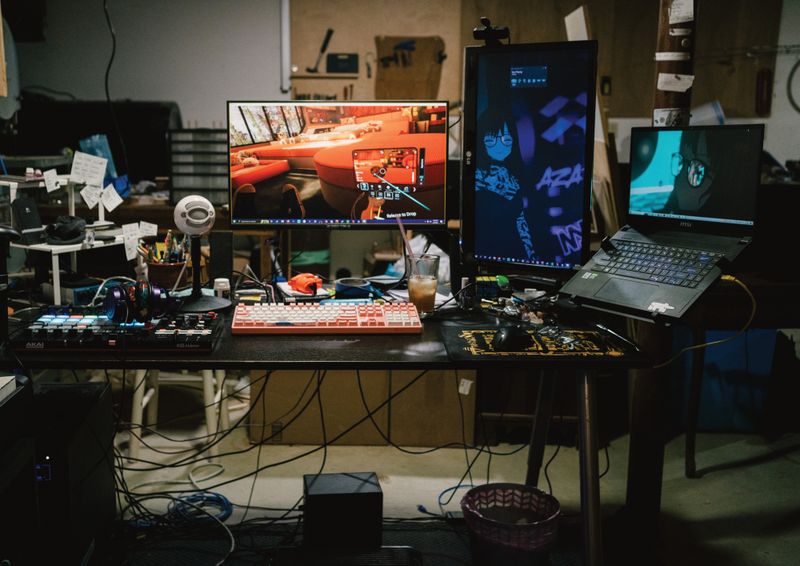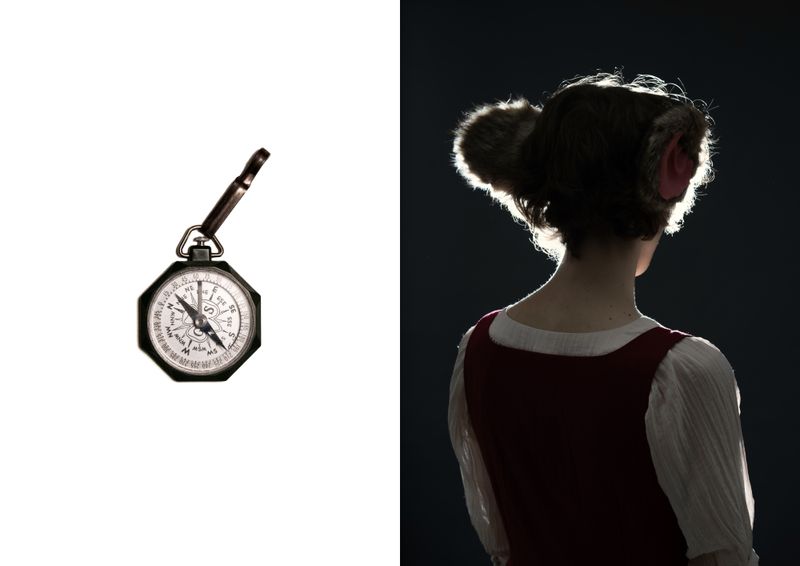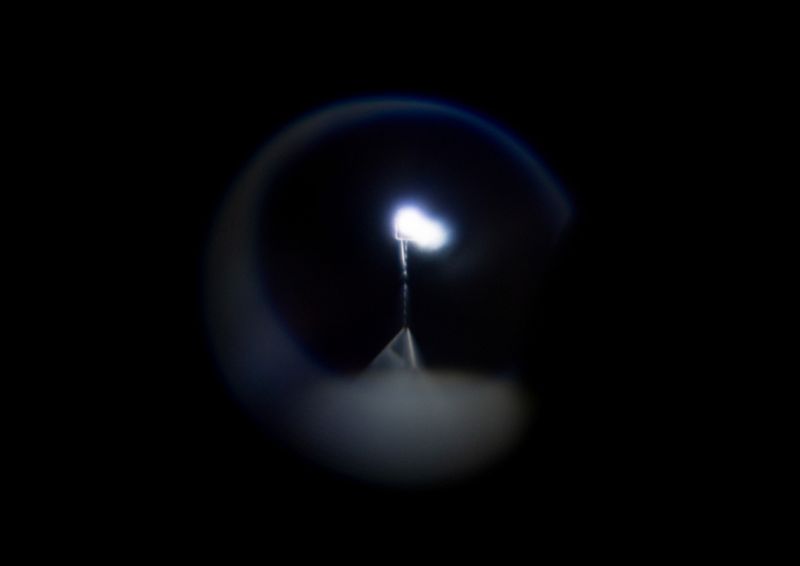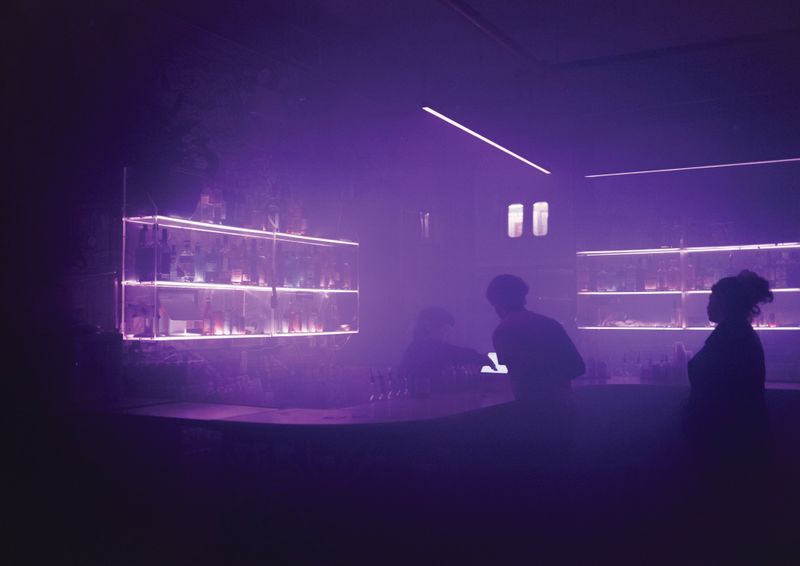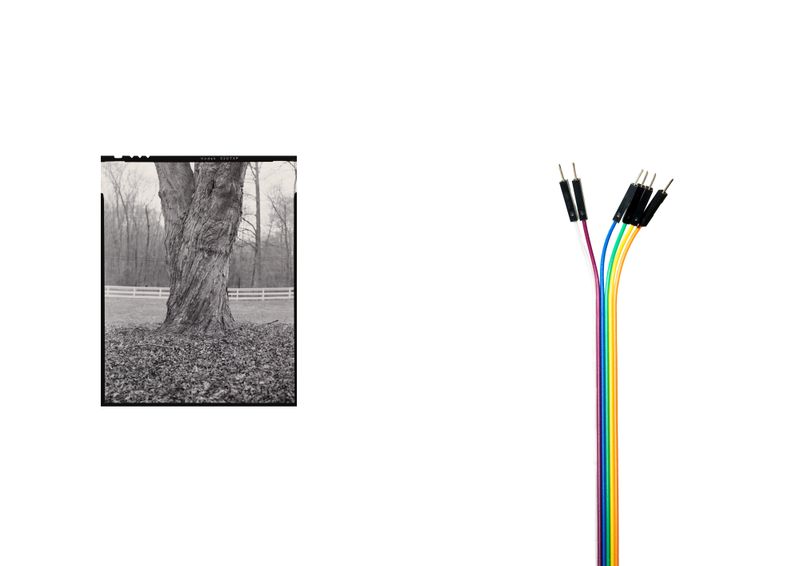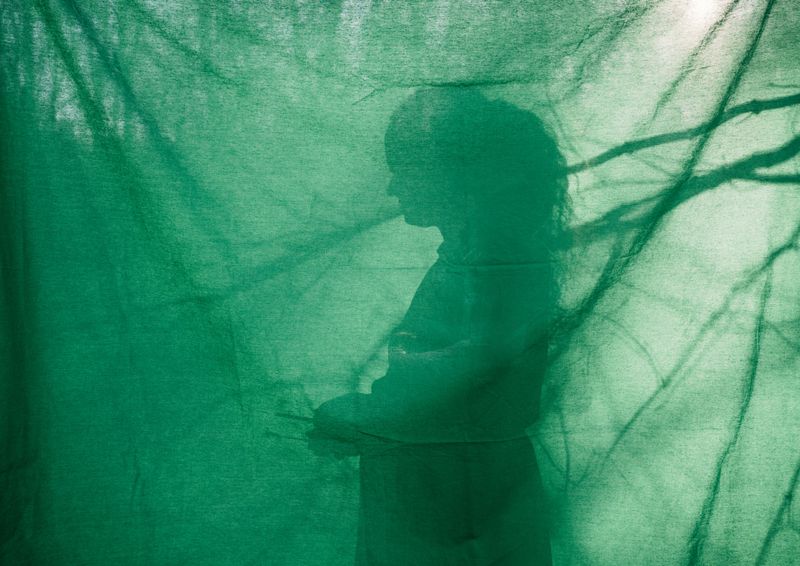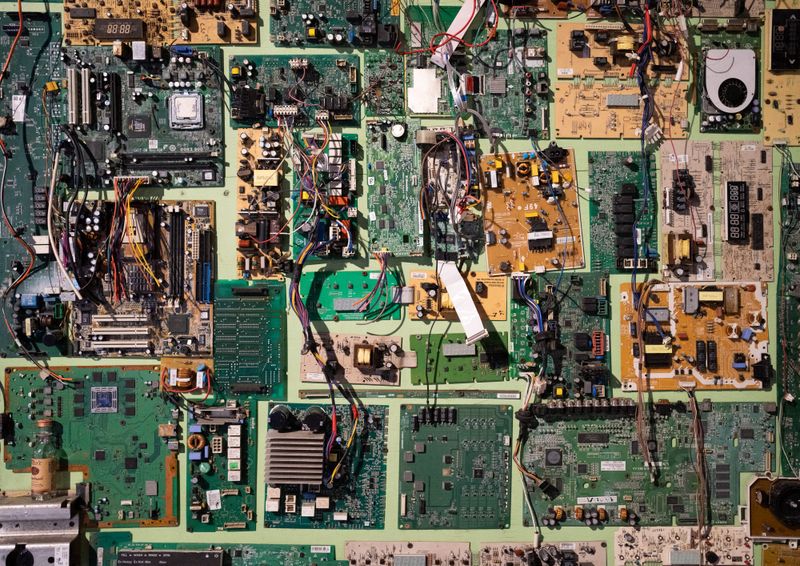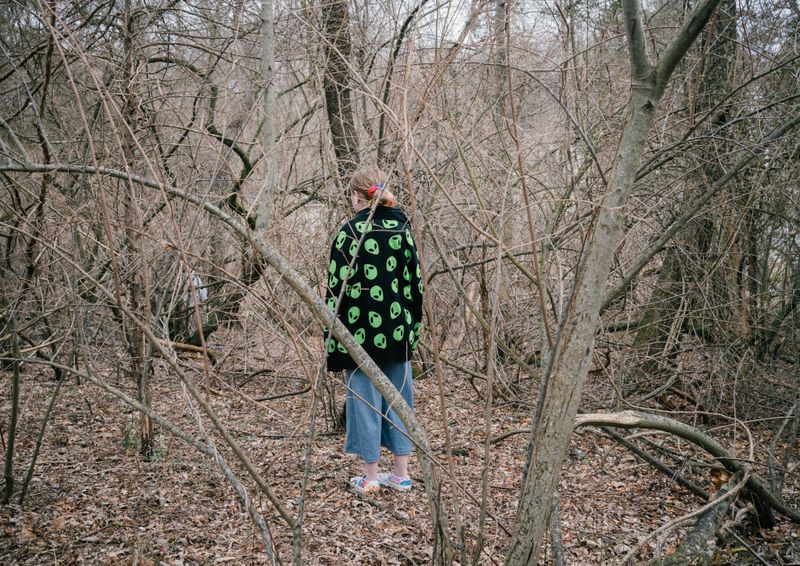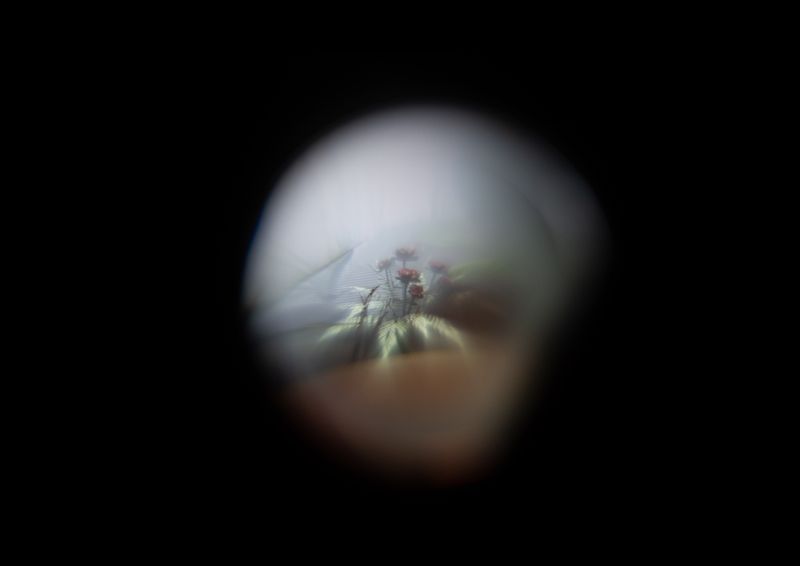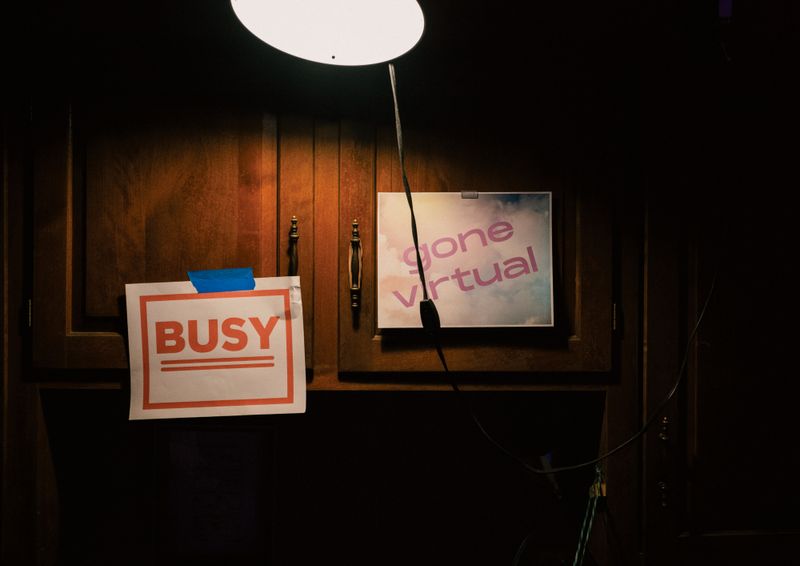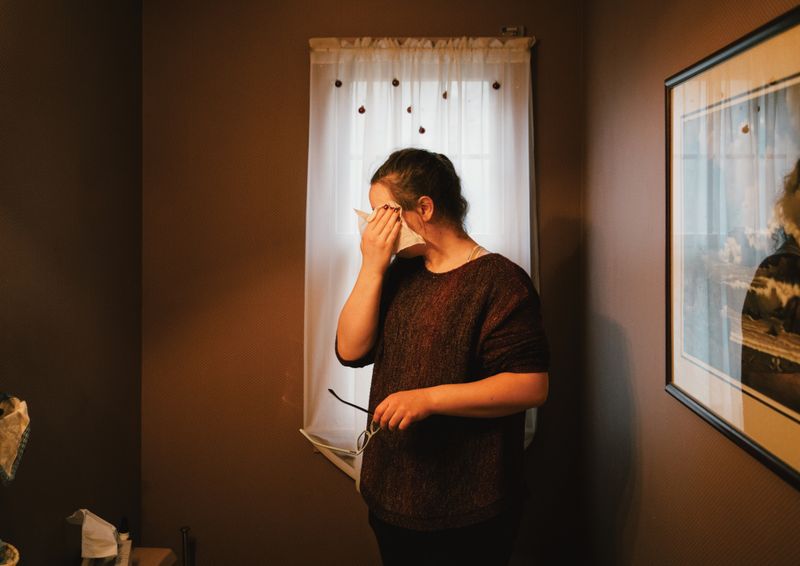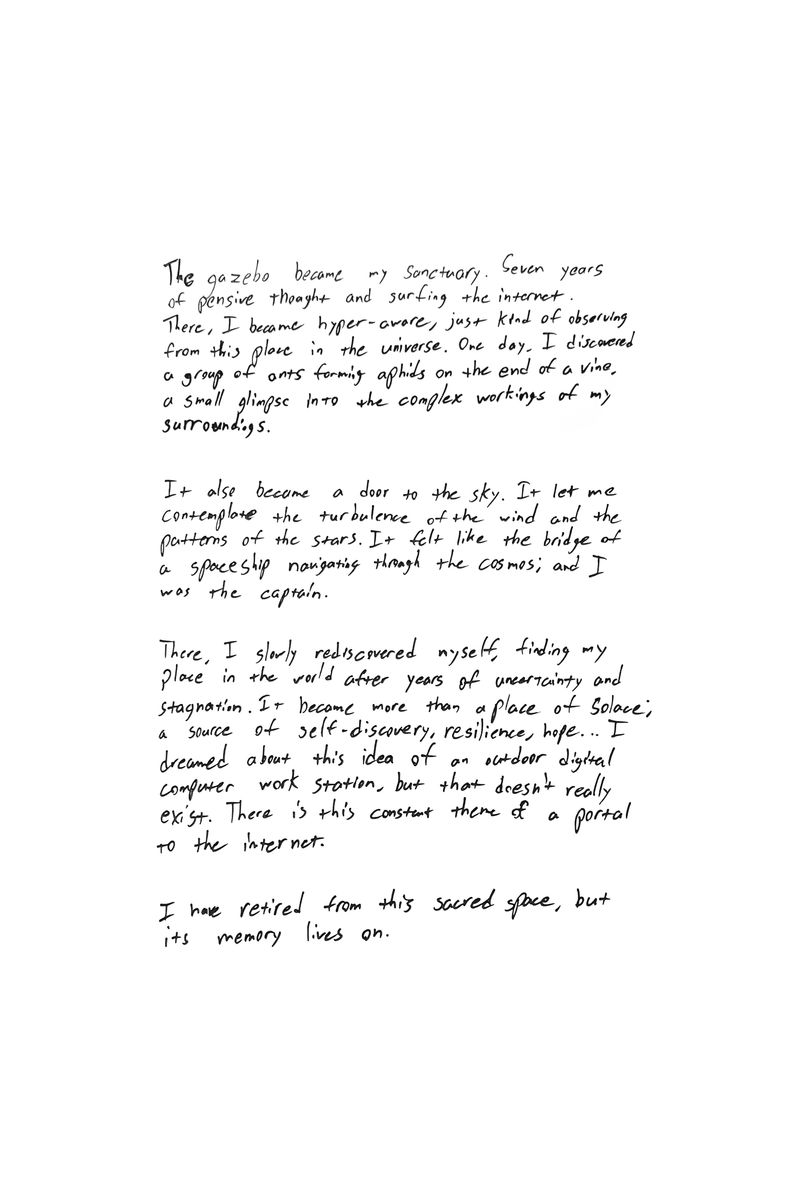Silent Radar
-
Dates2023 - 2023
-
Author
- Location United States, United States
Silent Radar tells the story of two transgender friends who spend most of their life on the virtual reality platform VR Chat.
“I maybe have more of a connection to my avatar than I do to my physical self. That was the epitome of the person I wanted to become. I now want to be there all the time so I can be this person, especially to constantly relive the memory of realizing who I was. My VR self influences my real self and vice-versa. I’m fully integrated at this point.” - Silent
Silent and Radar, two transgender friends who spend most of their time on the virtual reality platform VR Chat, have found there a true sense of belonging. For many, this growing community of about 70.000 people has acted as a space to explore identity and overcome boundaries: walls, borders, language… And in this, to create an environment of limitless, fast-paced creative expression.
Living in New York, Radar experiences VR as “a simulation of a world that doesn't have landlords.” The rent-stabilized apartment complex in which she lives with her parents and sibling is the only she has ever known. “I just turned 30, and I live in the same apartment that I've lived in my entire life. And I will never leave. Or rather, I want to leave, but I cannot afford to live anywhere in the city. When I walk around the Lower East Side, there’s a bunch of closed-down storefronts. I remember what used to be there. I walk and there's five weed stores that all have the same fake linoleum wood floor, and the same shitty neon signs.” For them, it is never about the technology itself, but always about the human emotional need and how it is being satisfied.
As such, this story goes beyond tech or the notion of ‘digital future’. Rather, it speaks to the ideas of community and space — those lacking in one’s immediate, real, surroundings. VRChat is the punk underground scene of virtual reality, largely unknown by an audience numbed by the techno-futurist idea of the Metaverse.
By combining several photographic forms (portraits, still and daily life, virtual reality vignettes, and large format photographs), this project confronts and blends the idea of the real and the non-real, the virtual and the tangible, the digital and the analog.
Through these two personal stories, Silent Radar explores the liminal space between physical and virtual reality. When both worlds start to merge, how is the ‘self’ defined? How does the strong connection to our digital selves transform our relationship with reality?
Link to the short documentary: https://www.youtube.com/watch?v=Luto8ir3JO8&t=2s&ab_channel=PaolaChapdelainePhotography
Link to the VR Exhibition recording (led by Silent): https://www.youtube.com/watch?v=HlTn2O_JsiI&ab_channel=PaolaChapdelainePhotography
